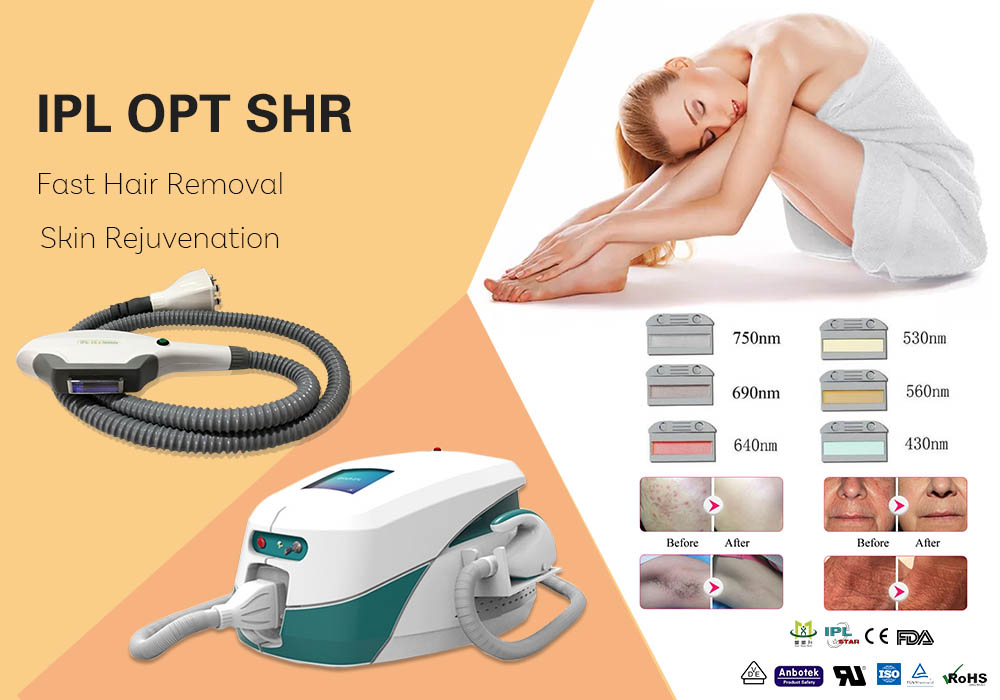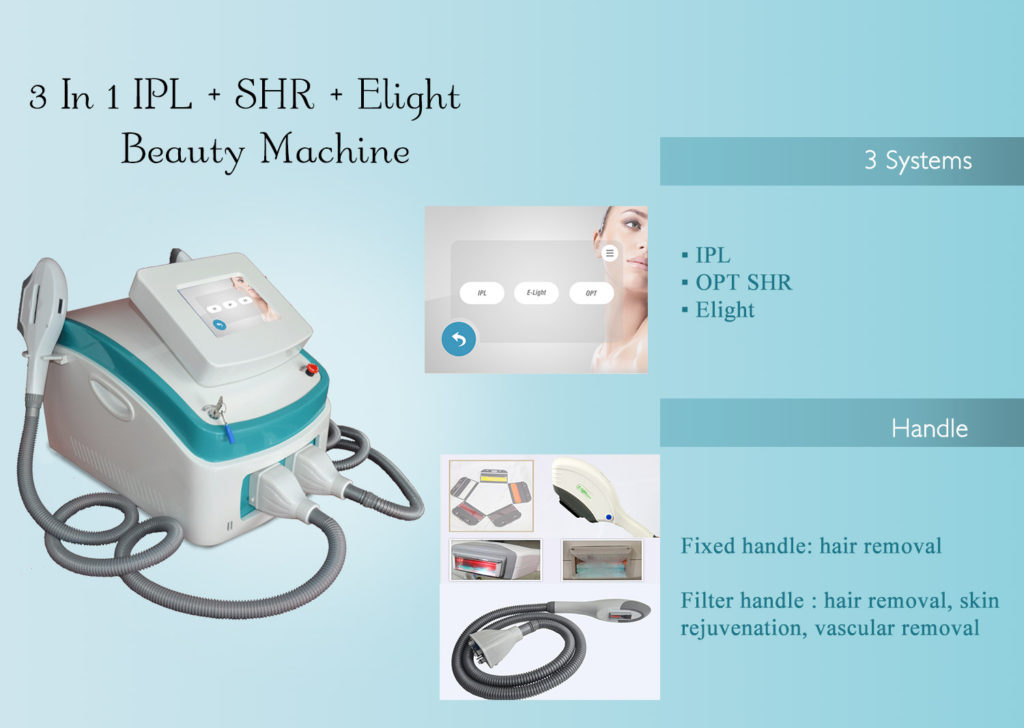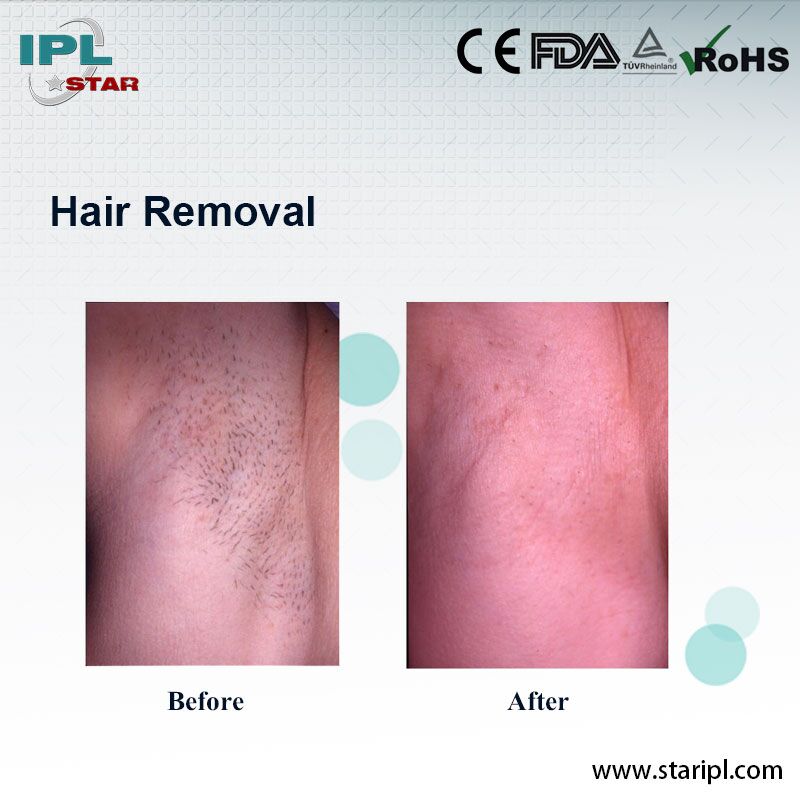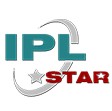08月21 What is the difference between SHR and IPL?
IPL stands for Intense Pulse Light, light emitted is absorbed by the hair pigment and changed into heat to damage the targeted hair follicle. IPL technology is not suitable for treating sensitive and/or darker skin types.
SHR stands for Super Hair Reduction, the latest pain free advancement in Laser/IPL permanent hair reduction systems. With SHR technology, only 50 per cent of the energy targets the hair pigment for permanent hair reduction, the remaining 50 per cent is absorbed into the stem cells responsible for hair production.
With SHR technology one does not need to experience painful single shots eliminating the traditional “hot rubber-band-like pinch” previously experienced with standalone Laser/IPL technology. Instead the hair follicles are targeted at 10 shots per second with the latest “in motion” and focused “variable pulse light” technology.

How does SHR work?
SHR differs from traditional Laser/IPL it also targets the hair stem cells and blood supply that feeds it. It does not rely solely on the colour (pigment) of the hair to effectively destroy the targeted hair follicle.
New clinical research has shown that a slower and longer focused heating process by SHR is more effective for permanent hair reduction than high and short levels of energy used in traditional Laser/IPL systems.
SHR gradually heats the skin by an in motion or sliding technique until the ideal amount of energy is delivered to the hair follicle. This new technology heats the hair follicle gently and for longer. This means the hair stem cells and blood supply are directly targeted.
Hair follicles are not damaged by a single high energy pulse as in traditional laser/IPL but by repetitive application of low energy pulses that raise the temperature of the dermis gradually and for longer.
How does SHR feel?
SHR filters out unnecessary wavelengths which are not needed making the treatment very comfortable and painless. Most people say it just feels like a warm shave or warm massage.

What skin and hair types can be treated with SHR?
SHR is safe for both lighter and darker skin types and all hair types can be treated, however it may not be as effective in treating lighter or finer hairs and requires more treatments. Although SHR is safe for both lighter and darker skin types, it is not suitable for extremely dark skin types e.g african skin.
How many treatments are needed with SHR?
Visible results will vary depending on skin type, hair type, hormones and hair cycle. Initially 2-4 weekly treatments are recommended for the first 6-12 months for optimum results. Some clients experience visible results eg, slow in hair growth, finer hair growth or patchy hair growth after just 4 sessions. After completing a 6-12 month course, we recommend touch ups to be performed 6-12 weeks apart for optimum maintenance.
During the first 6-12 months SHR is recommended 2-3 weeks apart for facial hair, bikini areas or male body areas, and 3 to 4 weeks apart for other body areas followed by 6-12 weekly touch ups depending on the areas to be treated. As the hair growth slows down, becomes finer and more patchy treatments can be more spaced out.

Can hair grow back after a series of SHR?
Yes, it is possible to have new hair growth triggered if you go through any hormonal changes such as starting or stopping contraceptive pills, pregnancy, menopause, changes in medications or long term stress.
How long does it take to see results?
It usually takes ten days to two weeks before the hair sheds, however sometimes this cannot be visually seen as previously experienced with traditional Laser/IPL that burn the hair off with single high energy pulses. SHR targets both the hair pigment and hair stem cells with repetitive low energy pulses, hence instead it may appear as if it is still growing as the hair is pushed to the surface and eventually falls out. Often the hair can fall out in the shower, during shaving or exfoliating.
Do you have to shave for SHR?
SHR is most effective during the active growth phase (anagen stage) hence shaving one night before treatment is a must. Shaving again is permitted 7 days after treatment. However if you are prone to ingrown hairs, it is best to only shave one night before each treatment.Tweezing, waxing, epilating, electrolysis, threading, hair removal creams or bleach are strictly prohibited at least 3 weeks prior and after treatment.
What medications are prohibited during SHR treatments?
Medications that cause photosensitivity such as Roaccutane, Retin A or doxycycline are prohibited during SHR treatments as it can cause potential burns or pigmentation. SHR may only be permitted 3- 6 months post intake of photosensitising medications or as directed by clients doctor. Clients must advise the SHR therapist of any current intake of medication to ensure safe SHR treatment.
Does SHR work for those with Hormonal Conditions?
Females who are experiencing Polycystic Ovarian Syndrome (PCOS) or any hormonal conditions can achieve excellent results. However it may take a little longer and more frequent touch up treatments will be required as ongoing maintenance.
Is SHR permitted during pregnancy?
SHR treatments are strictly not permitted until 3 months post pregnancy and/or 3 months post breastfeeding, for both safety and hormonal reasons.
Is SHR permitted during or post cancer treatments?
SHR treatments are strictly not permitted during or post cancer treatments.




No Comments